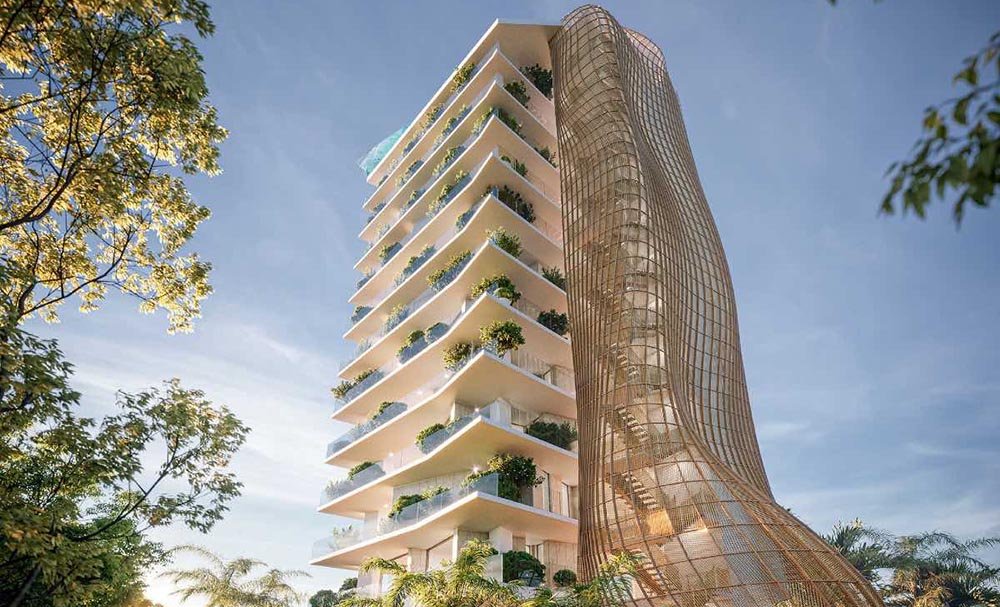Water pumping systems: maximum energy efficiency and savings.
Surface pumping systems: used to maintain a constant pressure, reduce consumption and guarantee maximum energy efficiency, they are often used in contexts such as apartment blocks, hotels, hospitals, schools and in general on structures where the water pressure and flow rate required are considerable.
The purpose of pressurisation units or surface pumping systems is to maintain a constant pressure in the hydraulic system but also to guarantee continuity of service where an hydraulic pump stop.What are surface pumping systems?
Surface pumping systems are units consisting of two or more surface hydraulic pumps working in parallel or in series to maintain a constant flow and pressure of a liquid within a hydraulic system. In order to better understand the motivations that drive engineers to use a Surface pumping system or pressurisation unit, we have to imagine the plumbing system of a 10 apartment building. The most critical issues to be answered are in general:
- Bringing water to the tenth floor at a satisfactory pressure;
- Maintaining continuity of service;
- Ensure constant liquid pressure in the system.

These are three objectives that we very often take for granted, but in reality we must start from the assumption that the PUBLIC WATER SYSTEM and its infrastructure (the water supply network), today regulated by the various public authorities and managed by companies entrusted with the service, can over the years incur down pressures, ruptures, and shortages due to insufficient water tables (see for example these last years when rainfall was low). But it is not only a problem of those who manage the public network.
Even PRIVATELY BUILDS SYSTEMS can suffer breakdowns, leaks, technical problems or inefficiencies. The above surface pumping systems provided in hydraulic systems, often connected to water collection tanks, make it possible to manage the above-mentioned issues in the best possible way, by activating and modulating the hydraulic pumps of the pressurisation units assembled, calibrated and tested by the manufacturer as required.
Going into a little more detail, the pumping systems chosen for you by WATER FITTERS consist of several pumps with inverter. The latter allows the switching on, switching off or modulation of the speed of the pumps in order to guarantee the maximum, optimum and minimum flow rate of the system as planned.
A very simple case, which many of us who live in apartment blocks have experienced, is when there is a loss of shower pressure due to the simultaneous use of several tenants. To remedy this not-so-remote situation, a storage tank and an inverter pumping system can be provided. When pressure drops due to simultaneous use, the inverter activates or modulates thehydraulic surface pumps to restore optimum pressure and flow.
A very simple case, which many of us who live in apartment blocks have experienced, is when there is a loss of shower pressure due to the simultaneous use of several tenants. To remedy this not-so-remote situation, a storage tank and an inverter pumping system can be provided. When pressure drops due to simultaneous use, the inverter activates or modulates thehydraulic surface pumps to restore optimum pressure and flow.
The types of surface pressurisation units.
Over the years, pumping systems have evolved by introducing new technologies such as NFC for programming and sending operating data via smartphones. However, we can distinguish between pressurisation units according to:- pump position (vertical or horizontal axis hydraulic surface pumps)
- type of speed (fixed or variable speed pressurisation units).
In general, fixed-speed surface pumping systems are controlled by means of an electrical panel and pressure switches or pressure flow switches, while variable-speed surface pumping systems are controlled by inverters (one per pump) that guarantee readiness and modularity in responding to pressure variations. The number and type of pumps depend on the sizing of the hydraulic system.
What elements to consider when choosing a surface pumping system.
When choosing a surface pumping system, we must take into account all the elements that affect pressure (the range of values normally required is between 1.5 and 4-5 bar) and the flow rate of the hydraulic system, in general:- Height difference between the point where the surface pressure unit is positioned and the maximum delivery point;
- Size of space available for installation of the pressurisation unit;
- Type of power supply (single-phase, three-phase and voltage);
- Ambient temperature (min. 5°C and max. 40°C);
- Liquid temperature (min. 5°C and max 40°C)
- Suction height;
- Initial pressure in the system;
- Optimal system pressure (3-3.5 bar);
- Minimum system pressure (min. 1.5 bar);
- System flow rate and head;
- System pressure drop;
- Pressure difference between the time the pumps start and stop.
For more information and details on Water Fitters surface pumping systems and the respective type of offer, please refer to the data sheets of the single products.
Thank you for your attention.
Thank you for your attention.



























